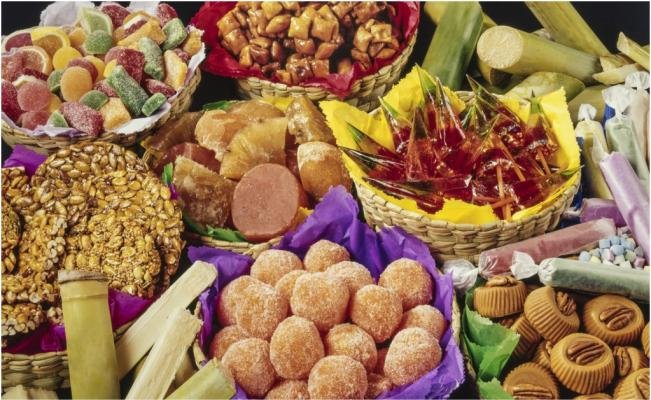Puebla region and its sweets

In the kitchens of Puebla’s convents, many of the desserts eaten today were born during colonial times.
The words “angel-inspired” are arguably the best way to define the rich and diverse feast of sweets made in Puebla, Mexico.
Most of Puebla’s sweets, made with fresh, natural ingredients, originate in convent kitchens. There, between songs and prayers, nuns brought to life jamoncillo, sponge cake, sandwiches such as almond nougat, milk sweets and the popular Santa Clara. Lots of sweet potatoes and more.
According to legend, sweet potato candy came into existence thanks to a fun and playful novice who suggested the sandwich to annoy other nuns in the congregation.
A senior church official was scheduled to visit the monastery, and his mother’s superior wanted to treat him to a special meal and dessert.
It is known that at that time most monasteries were very poor and wealthy families gave food to feed the nuns. Sweet potatoes were a very cheap ingredient, and the nuns ate them for breakfast, lunch, and dinner.
The playful beginner’s suggestion sounded sarcastic. How to gift sweet potatoes to special guests! But his idea wasn’t completely crazy. The pantry was stocked with sweet potatoes, and the distinguished visitor loved the dessert. The rest is history…
Sweet potato candy is one of the most popular today. At first it was served as a dessert plate, then it came in the form of a roll, and now it is sold in small wax paper wrappers, with different colors and flavors, as well as the name written on it.
Like sweet potatoes, dishes such as trejas, real eggs, orange polvorone, eggnog, alegría, broken teeth, chalamska, and crystallized fruit also came from the monastery. All of these are a delight to the palate and demonstrate the artisanal ability of Mexicans to transform natural fruits into true delicacies.



